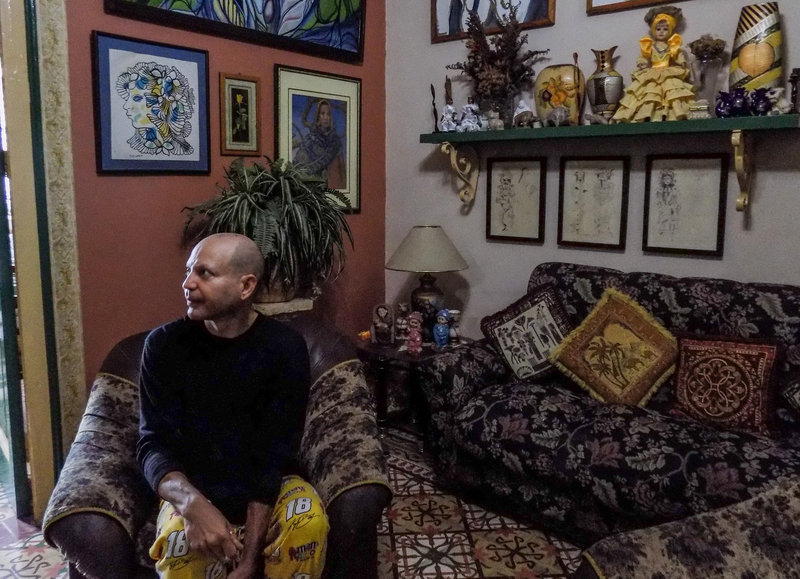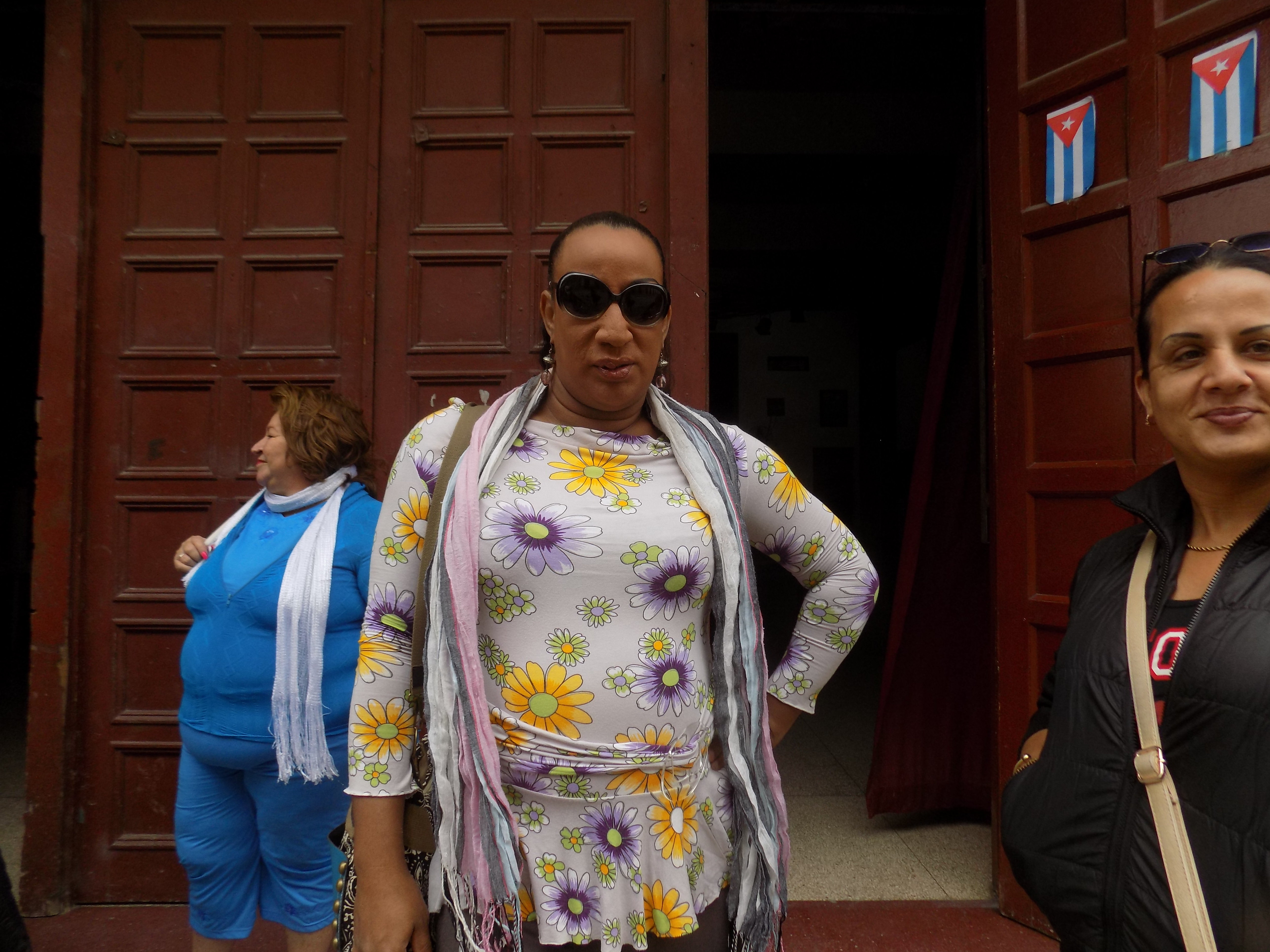
US-Cuba relations are thawing after half a century, but still deep and lingering differences between the two countries persist on issues from freedom of speech to free health care.
There are few more exemplary differences than how the two nations dealt with the HIV epidemic.
AIDS hit the United States in the early 1980s seemingly everywhere at once—first in the gay communities, particularly in New York and San Francisco, before spreading to intravenous drug users, and then into virtually every community in the nation. Fear spread around the country.
Not so in Cuba.
HIV came to Cuba in a very different way. Soldiers coming home from Angola where they had fought in its war with apartheid South Africa met almost universal praise. However, some returned with HIV. The Cuban government responded in dramatically different fashion than the U.S., forcibly quarantining anybody who tested positive for HIV. People with HIV lived locked away from the rest of society in sanitariums to stop the spread of the virus.
Here's the public health conundrum. Unlike any other country in the Western Hemisphere, AIDS never took hold in Cuba. Today, the country has the lowest rate of HIV infection in the Americas.
In this project, reporter Rebecca Sananes shares a chapter of medical history in which Cuba chose a policy diametrically opposite to America's.
The Pulitzer Center's reporting on HIV/AIDS is supported by the M∙A∙C AIDS Fund (M·A·F) and other generous donors.






